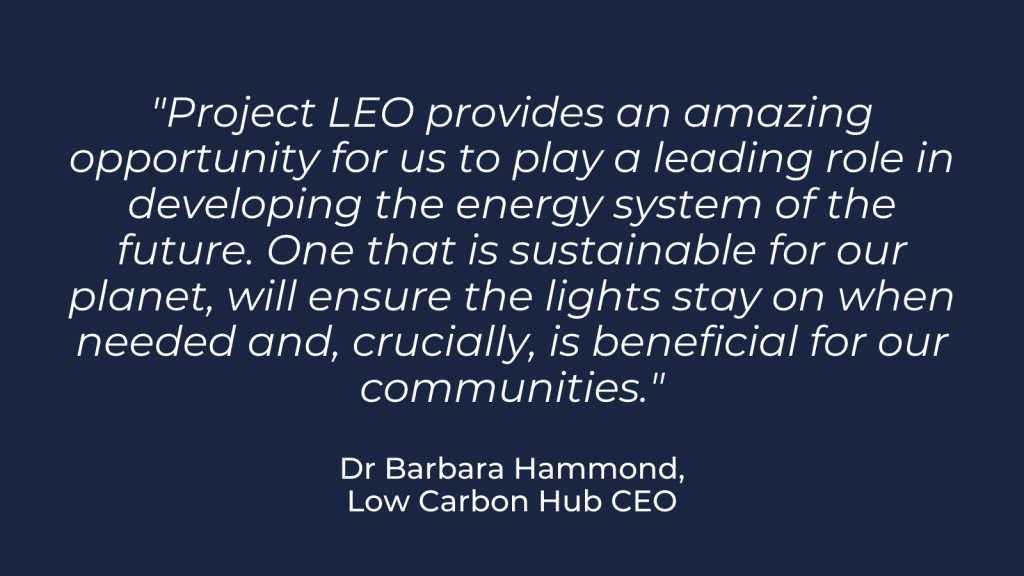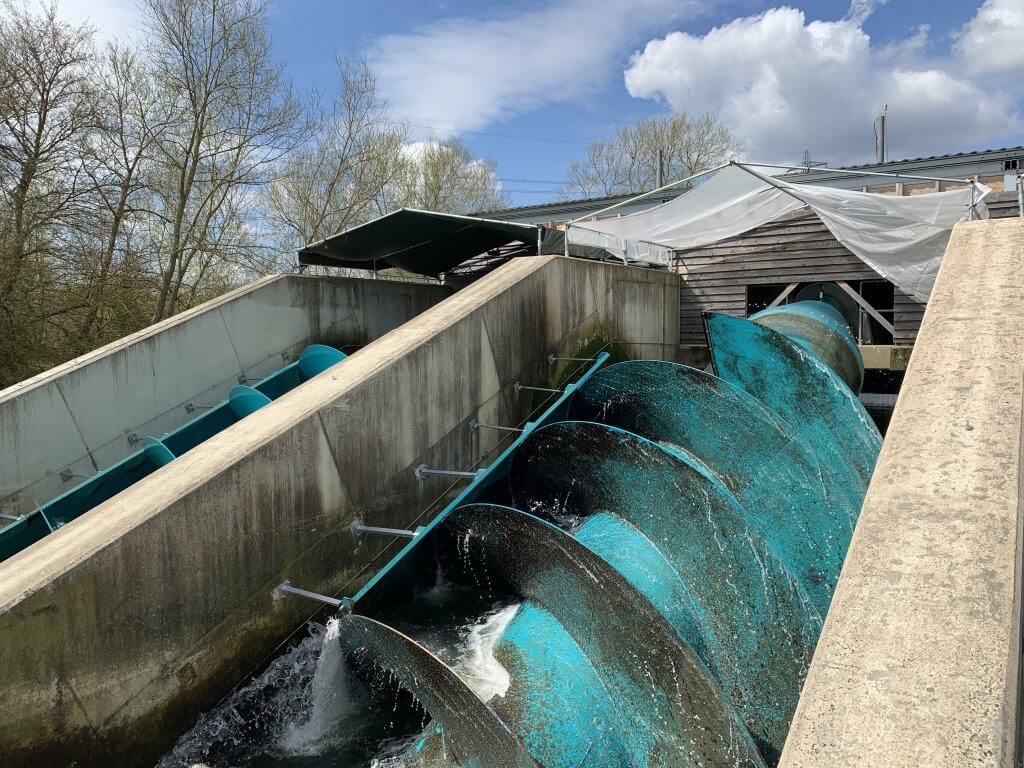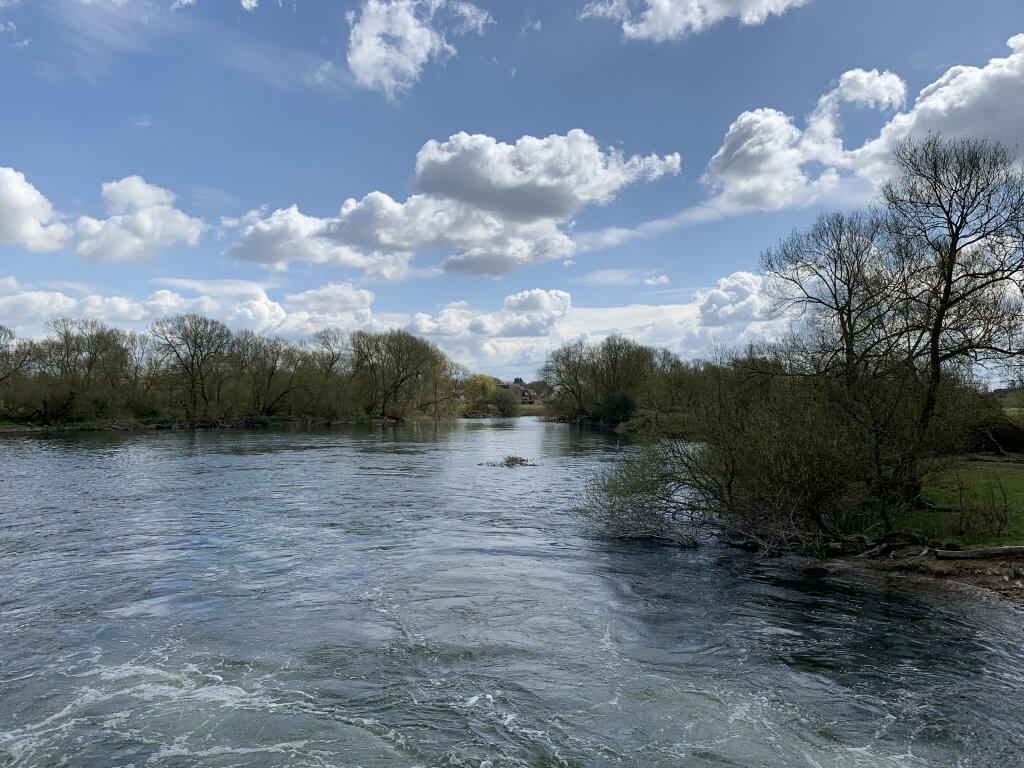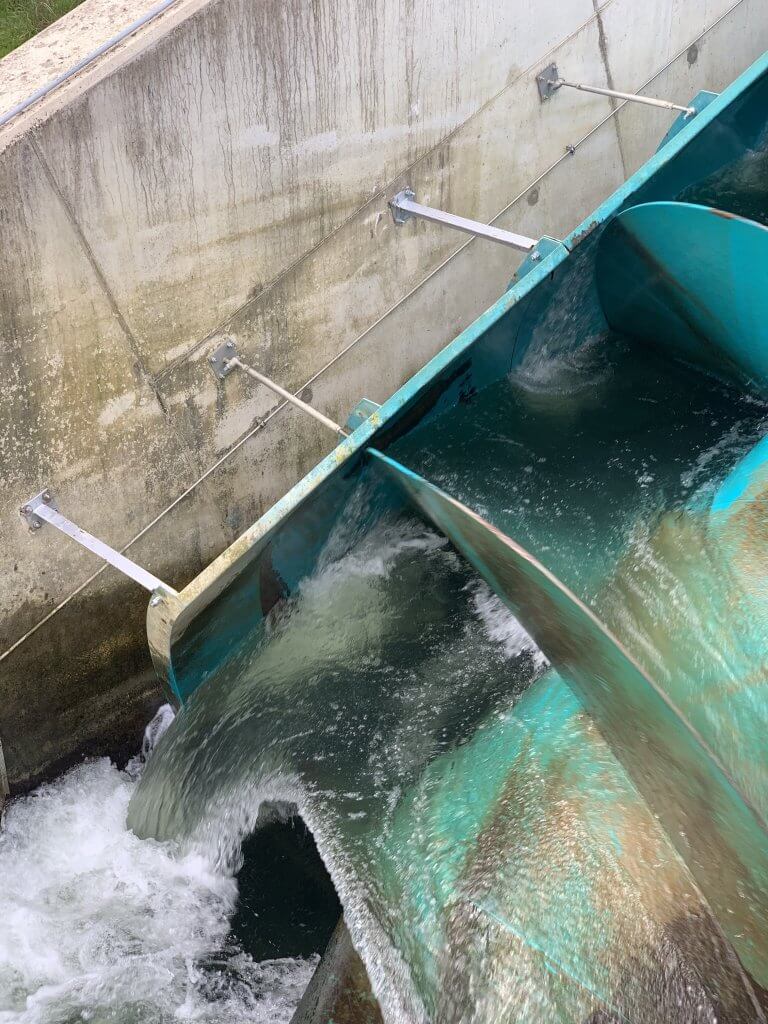Minimum Viable System Trials taking place at Sandford Hydro
Last month, Low Carbon Hub Operations Manager, Harry Orchard, carried out several Minimum Viable System (MVS) trials at Sandford Hydro as part of Project LEO.
What is a Minimum Viable System trial?
A Minimum Viable System is the minimum set of participants, technologies and practices required to test a new process, service, or asset. Referred to as MVS trials, our experiments help us to explore how effectively flexibility services can be delivered and highlight the benefits these provide to the network and the trial participants and wider community.
The MVS process allows us to test the flexibility services in a step-by-step fashion, helping us to thoroughly understand what does and doesn’t work well. We can then review the process, ironing out the bugs before rolling out flexibility service participation to a wider audience.
MVS trials at Sandford
We already know that energy storage will be a large part of how we use energy as a society in the future. The most obvious form of storage is a battery, but using Sandford Hydro we are exploring a different way of storing energy for use at a later time – using the river. By slowing down one or more of the hydro’s screws, we can slowly build up a reserve of excess water upstream of the hydro, which can then be utilised to generate extra power when required by simply speeding the screw(s) up again.
The MVS trials that are taking place at Sandford Hydro largely consist of slowing down the screw(s) by a certain amount for a certain period of time, before speeding them up again, all the while measuring the impact on the hydro’s power output and the river level upstream. This allows us to measure how much energy can be stored in the river, and for how long we can use this additional power to provide flexibility services. With hydro generation being very seasonal (peaking in winter and lowest in summer), doing trials regularly throughout the year helps us to build up a picture of how best to utilise the hydro to maximise the benefit to the electricity network.
Something as simple as pushing a button or two can tell us so much important information about energy storage and usage at the hydro!
Project LEO
These MVS trials form a part of Project LEO (Local Energy Oxfordshire), an ambitious, wide-ranging, and innovative trial, seeking to accelerate the UK’s transition to a zero-carbon energy system.
This collaborative project aims to provide the evidence needed to support the policy changes and investment needed to create the technological, financial, and social conditions for successful systemic change.
Our trials will explore and unlock the potential of various energy assets, such as the hydro or a battery etc., in Oxfordshire to play a part in delivering flexible energy. This means being able to increase or decrease energy generation or turning up and down energy demand. This change needs to be;
- be controlled and monitored;
- be made in response to a request by the energy network operator and at an agreed time.

The trials will help us understand the role flexible energy can play in balancing the network as demand for energy increases, so traditional network investment can be delayed (or even avoided) or introduce constraints in consumption or how much energy can be dispatched to it.
Through Project LEO we will demonstrate how a smart, local balanced energy system can bring social, economic, and environmental benefits for all.
You can find out more about Project LEO here: project-leo.co.uk/
More MVS trials will be taking place this year and we look forward to sharing the details and results of them when they happen!



